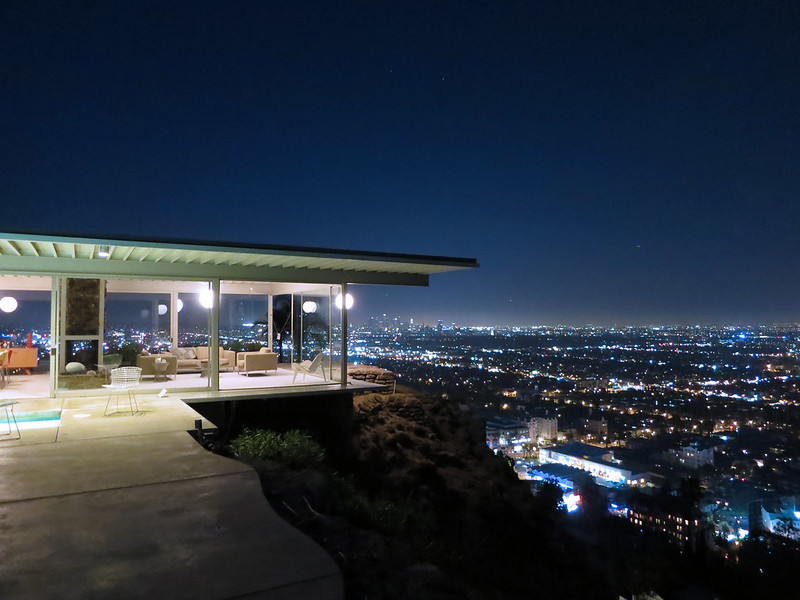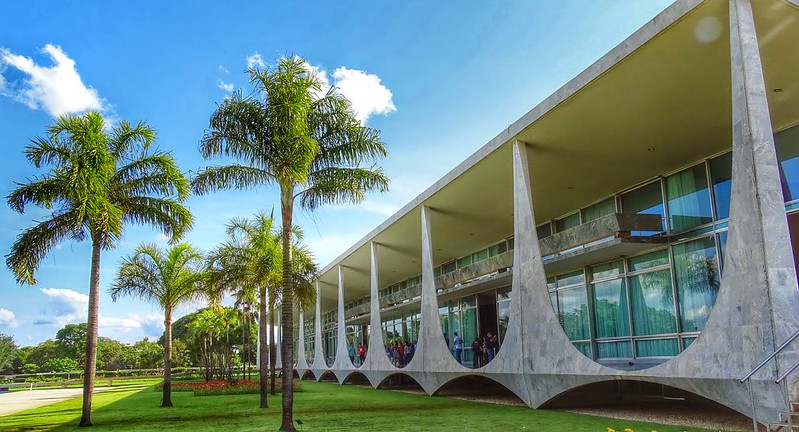Mid-Century Modern is a term often used to describe the aesthetic of new products, particularly furniture.
But using it that way is a misnomer.
Mid-Century Modernism is a style that isn’t easily defined.
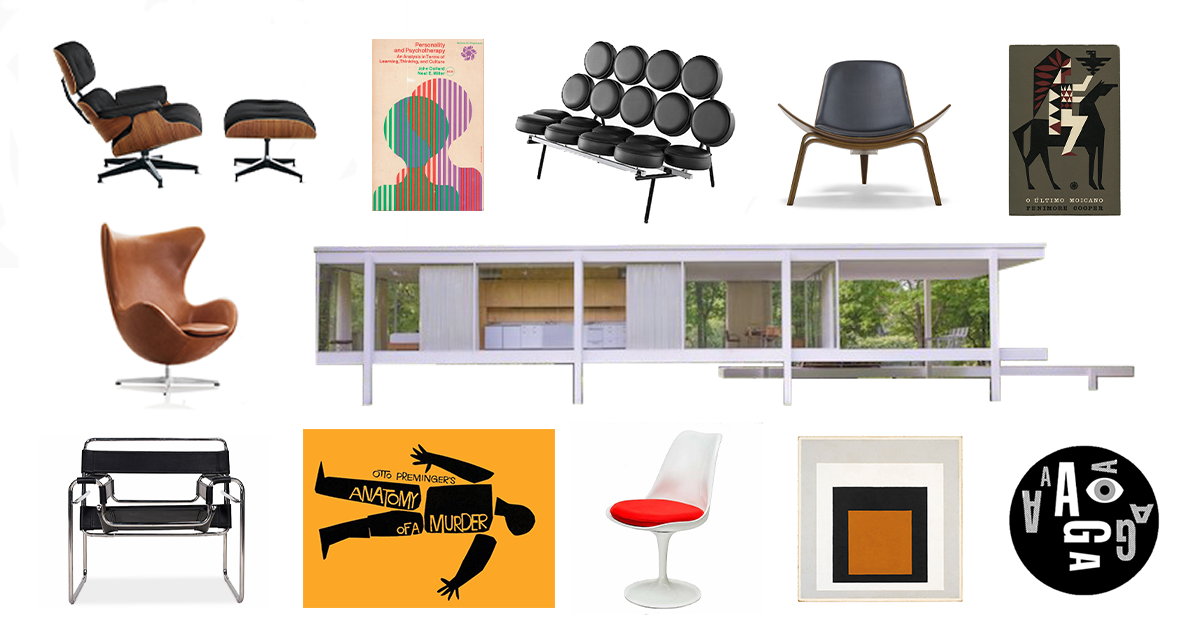
One of the many reasons for this is because the works conceptually overlap other styles of the time.
Read on see how Mid-Century Modern made its way into the fabric of all types of design.
How do the qualities and ideals of buildings and structure translate to a work of art?
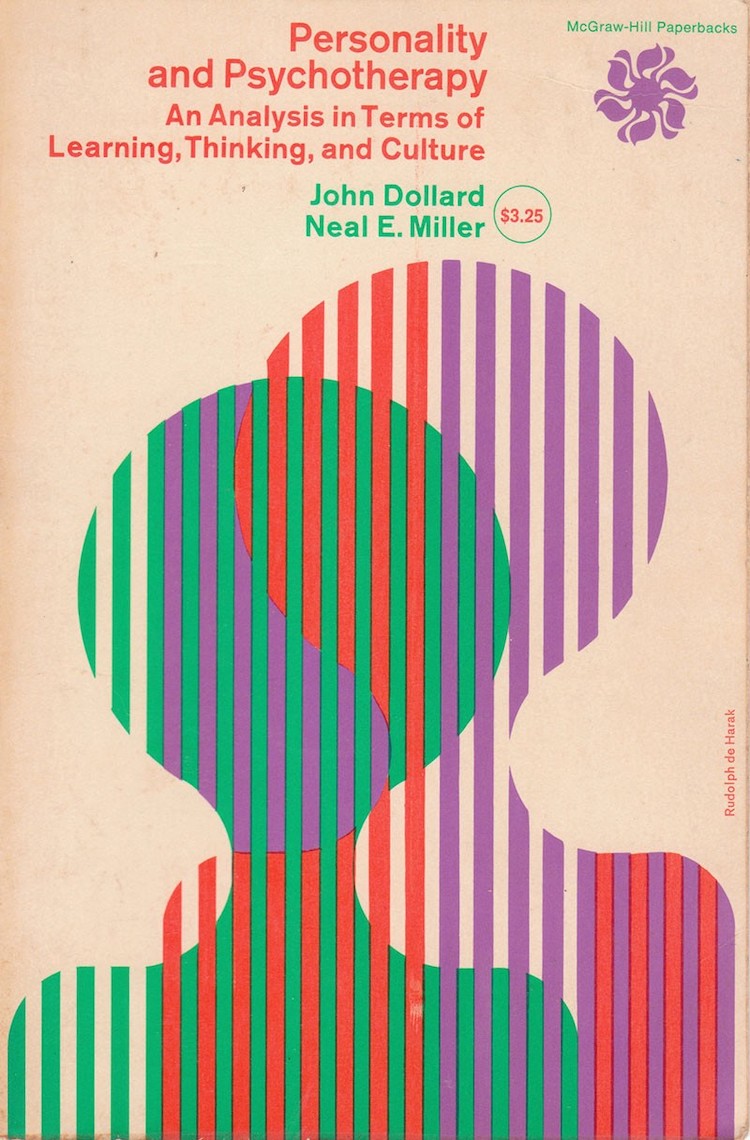
Rudolph de Harak, “Personality and Psychotherapy Paperback” for McGraw Hill (Photo:AIGA)
The Bauhaus had the largest influence on graphic design.
Design everywhere was also abandoning decoration or any unnecessary lines or patterns.
The resulting work is typically abstracted or simplified forms that no longer tried to achieve realism.
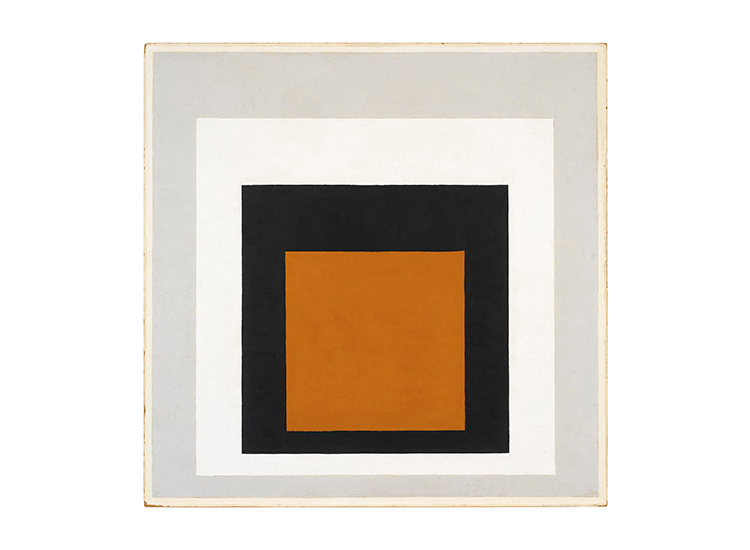
Josef Albers, Painting (Photo:Josef & Anni Albers Foundation)
Images are flattened into 2D compositions.
While slight curves are still used, large areas of detail are simplified into recognizable geometries.
Though much detail is lost, the image remains clearly understood in an elegant composition.

Joao da Camara Leme, “The Last of the Mohicans” Posters (Photo:Envato)
This is a further example of the subtractive process that tried to fit information into a minimal design move.
Designers tried to create pieces best suited to a new adapting post-war world.
It may be best summarized byCara GreenberginMid-Century Modern: Furniture of the 1950swhich explains, multipurpose became a catchphrase…

Paul Rand, Assorted Logos (Photo:paulrand.design)
This new furniture stacked, folded and bent; it was rearrangeable and interchangeable; it nested and flexed.
Chairs were designed to be pressed into service for a dozen different reasons.
Tables were nonspecific, for eating, writing, or playing cards.
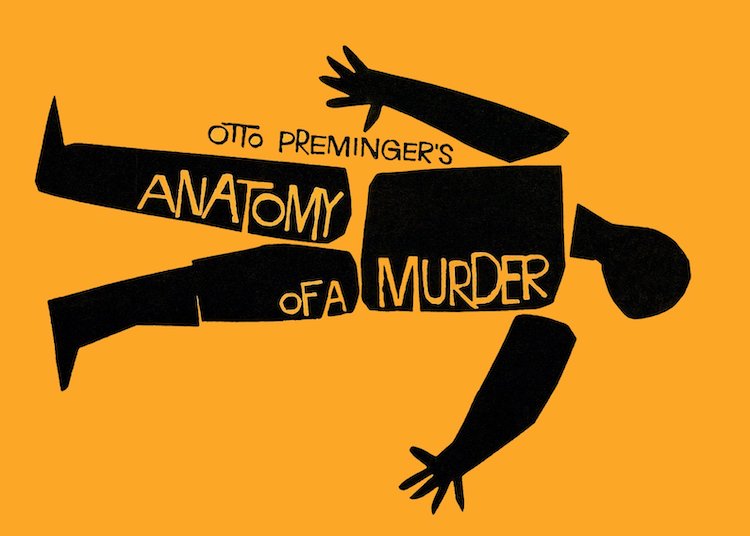
Saul Bass, Anatomy of a Murder Poster (Photo:The Saul Bass Archive)
Here are some general characteristics of the furniture of this time.
Wood became a popular choice in part from the Scandinavian furniture influence popular in Mid-Century Modernism.
It was also popular because it was a natural material.
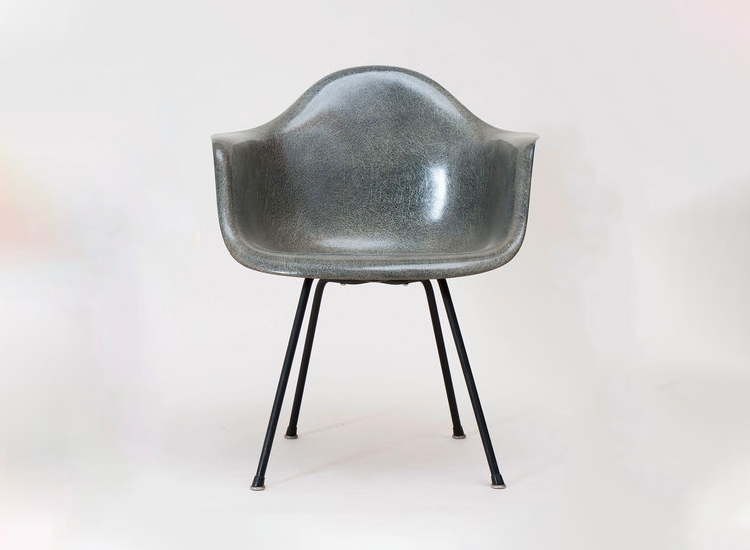
Eames, Eames Shell Chair (Photo:Artsy)
Finishes were also natural and helped tie together spaces that were designed to reflect and connect to nature.
This resulted in a shape that does not quite look like a normal chair or table.
These pieces were designed to be flexible and adaptable.
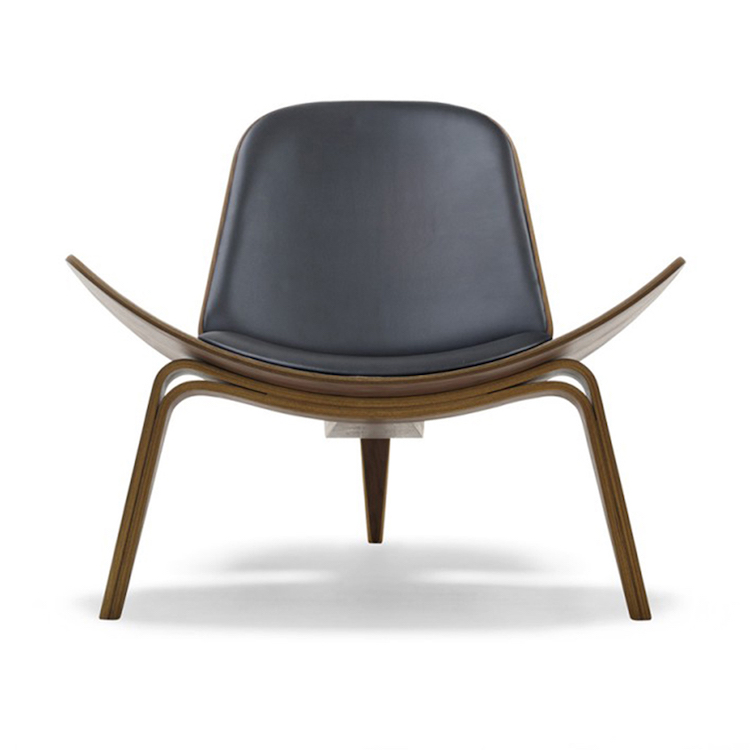
Hans Wegner, CH07 Shell Chair (Photo:Danish Design Store)
They often fit into each other or folded for easy storage.
These were examples of the popular design adage, form follows function.
Architects were inspired to reimagine the way we live after the horrors of WWII.
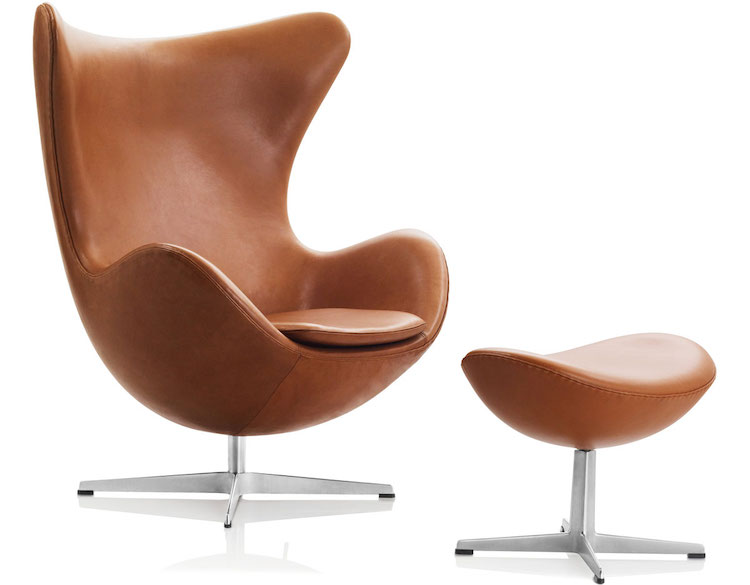
Arne Jacobson, Egg Chair and Ottoman (Photo:Hive Modern)
However, Mid-Century Modernism was not just for the post-war American suburb.
It had an effect on public buildings, infrastructure, and so much more.
It still inspires architects today as we define our brand of modern buildings.
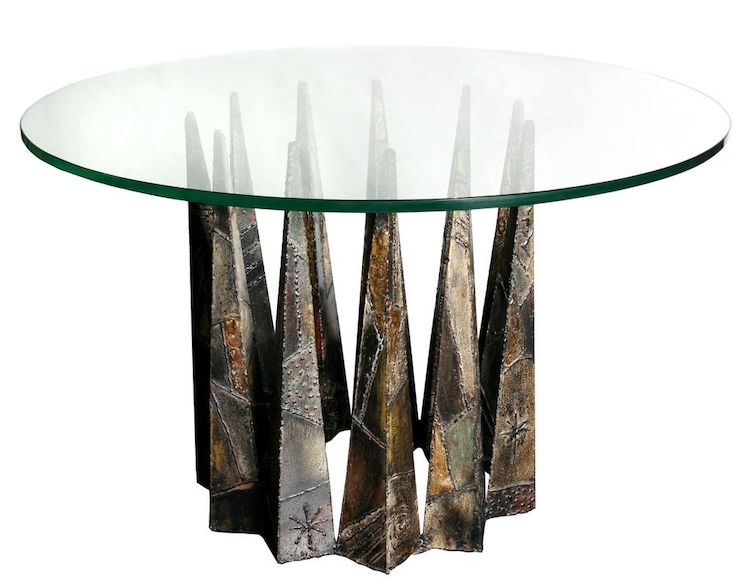
Pual Evans, Evans Table (Photo:1st Dibs)
You may recognize some of the following qualities as things you still see today.
Since these designs often had little ornamentation, light played a key role in how the space was experienced.
This is partially an extension of minimalism and partially inspired by Scandinavian furniture that helped define these interiors.
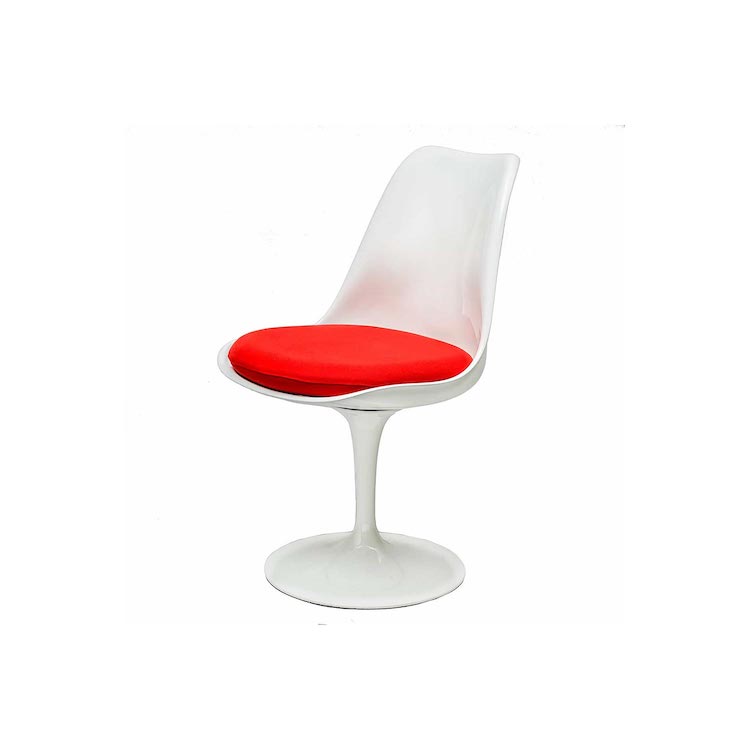
Eero Saarinen, Tulip Chair (Photo:steelform)
Small elevation changes were accommodated by a few steps between rooms or between entire portions of the home.
These did not constitute entirely new levels but added complexity and layering to the separation of different rooms.
Integration into Nature
This point is often closely connected to the idea of transparency.
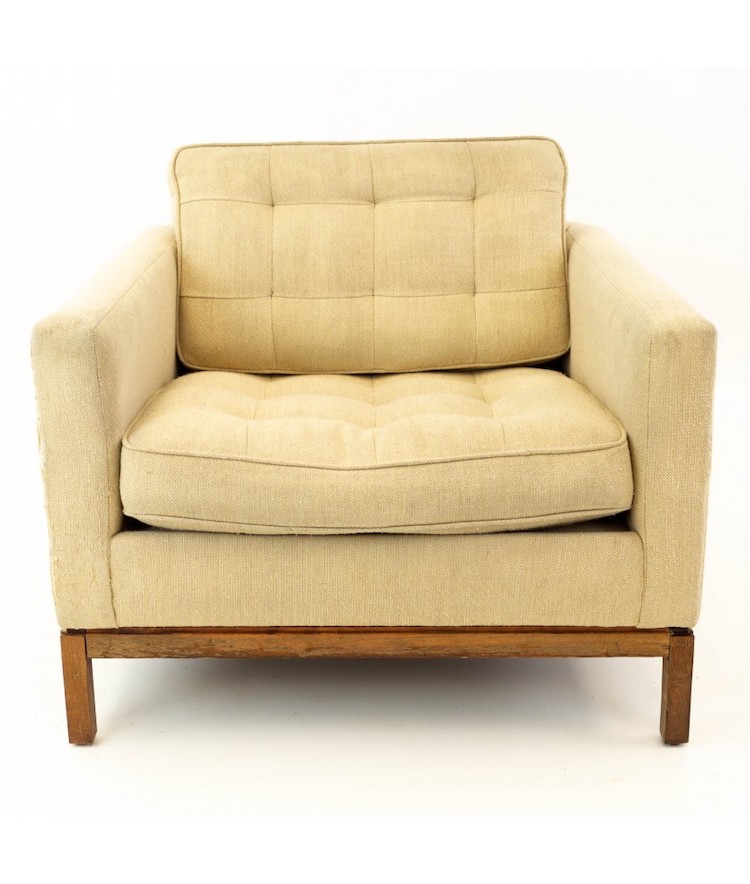
Florence Knoll, Knoll Club Lounge Chair (Photo:Modern Hill Furniture)
Rooms were integrated into nature by preserving views of the outside world and orienting the room towards this direction.
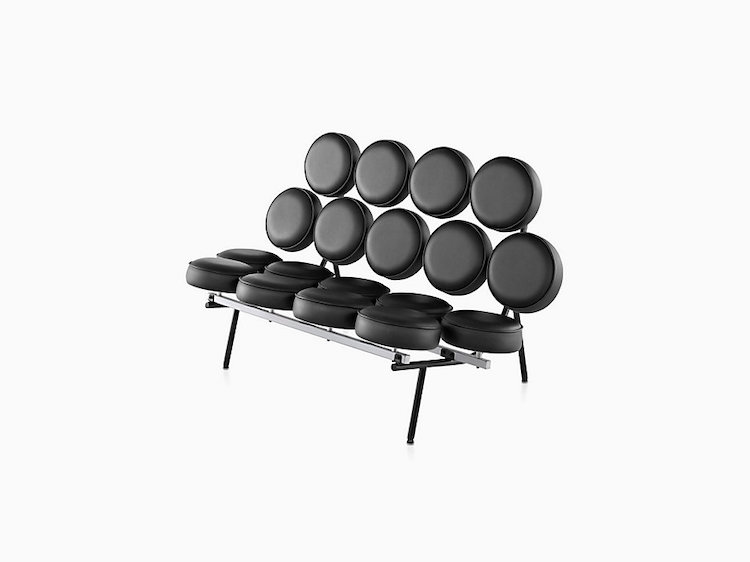
Irving Harper, Marshmallow Sofa (Photo:Herman Miller)
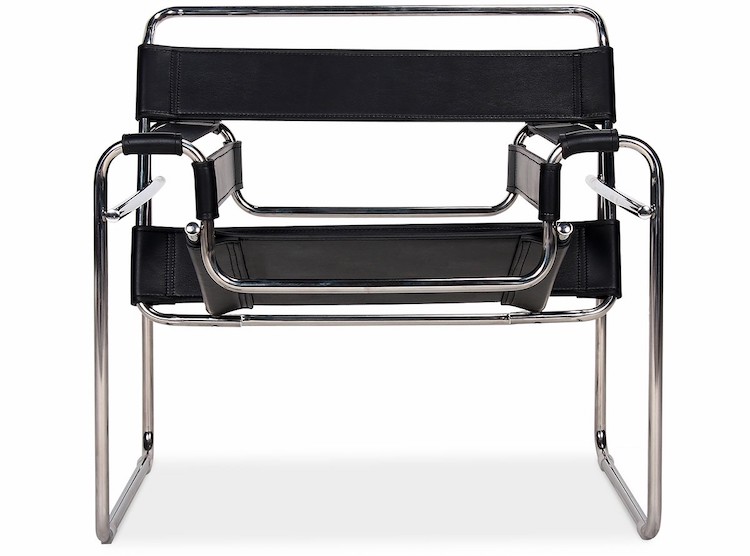
Marcel Breuer, Wassily Chair (Photo:Eternity Modern)
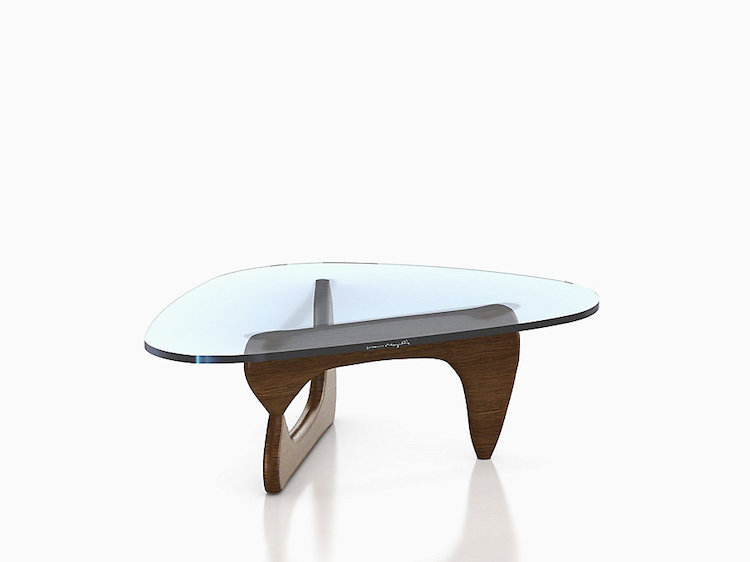
Noguchi Table (Photo:Herman Miller)

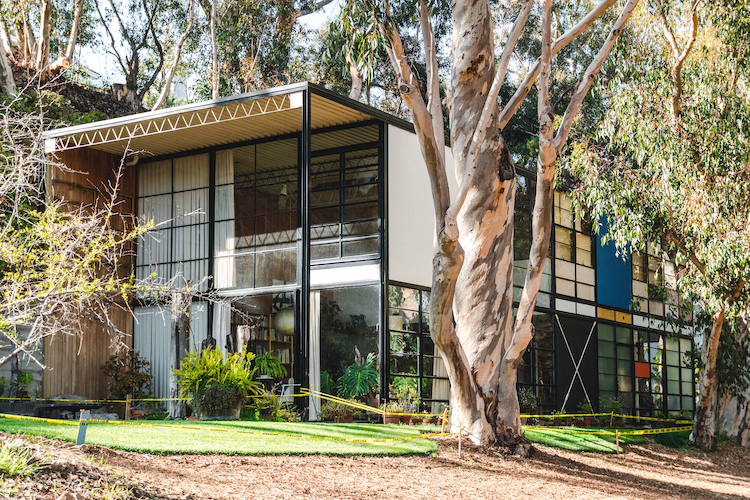
The Eames Foundation, previously the residence of Charles and Ray Eames (Photo:Stock Photosfrom Stephanie Braconnier/Shutterstock)
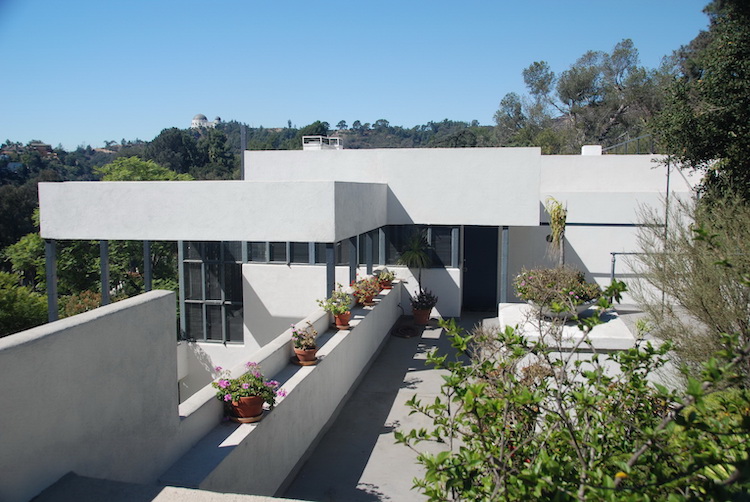
Richard Neutra, Lovell House (Photo:Michael J. Locke/WikipediaCommons)
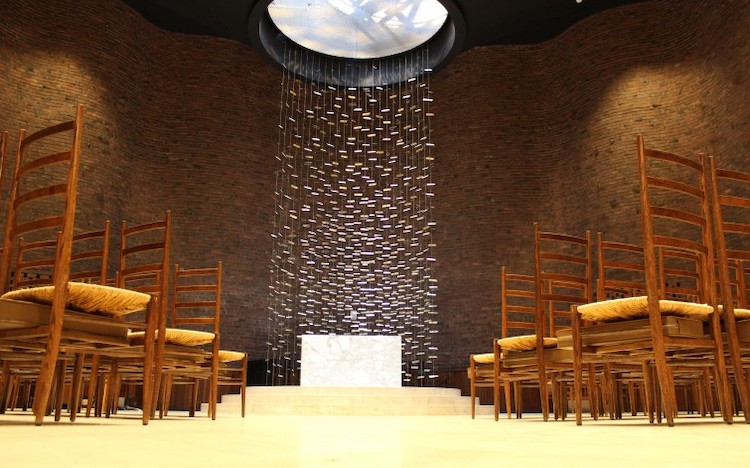
Eero Saarinen, MIT Chapel (Photo:MIT)




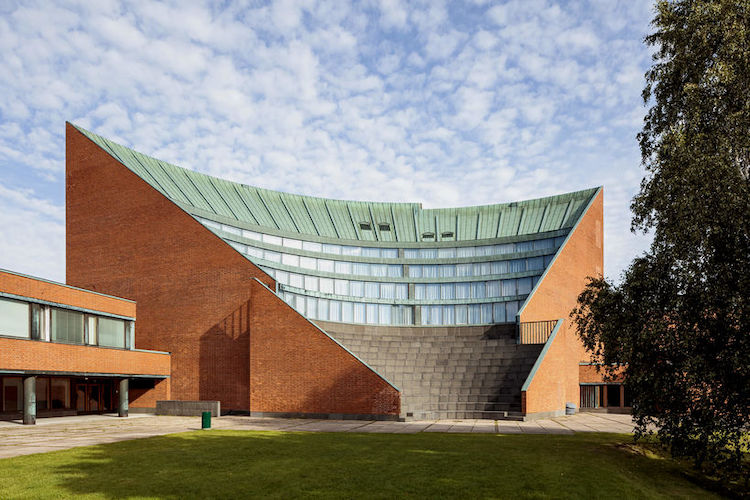
Alvar Aalto, University of Technology (Photo:Aalto University)
